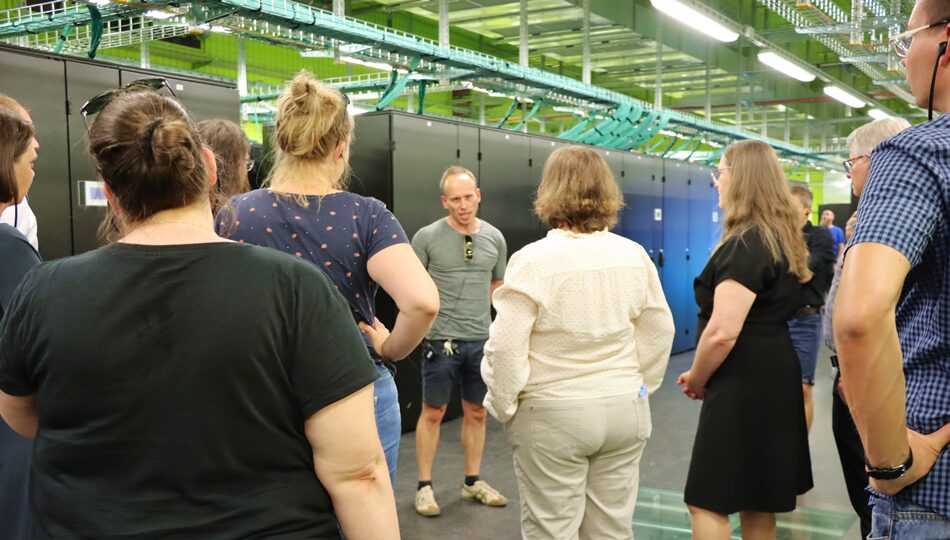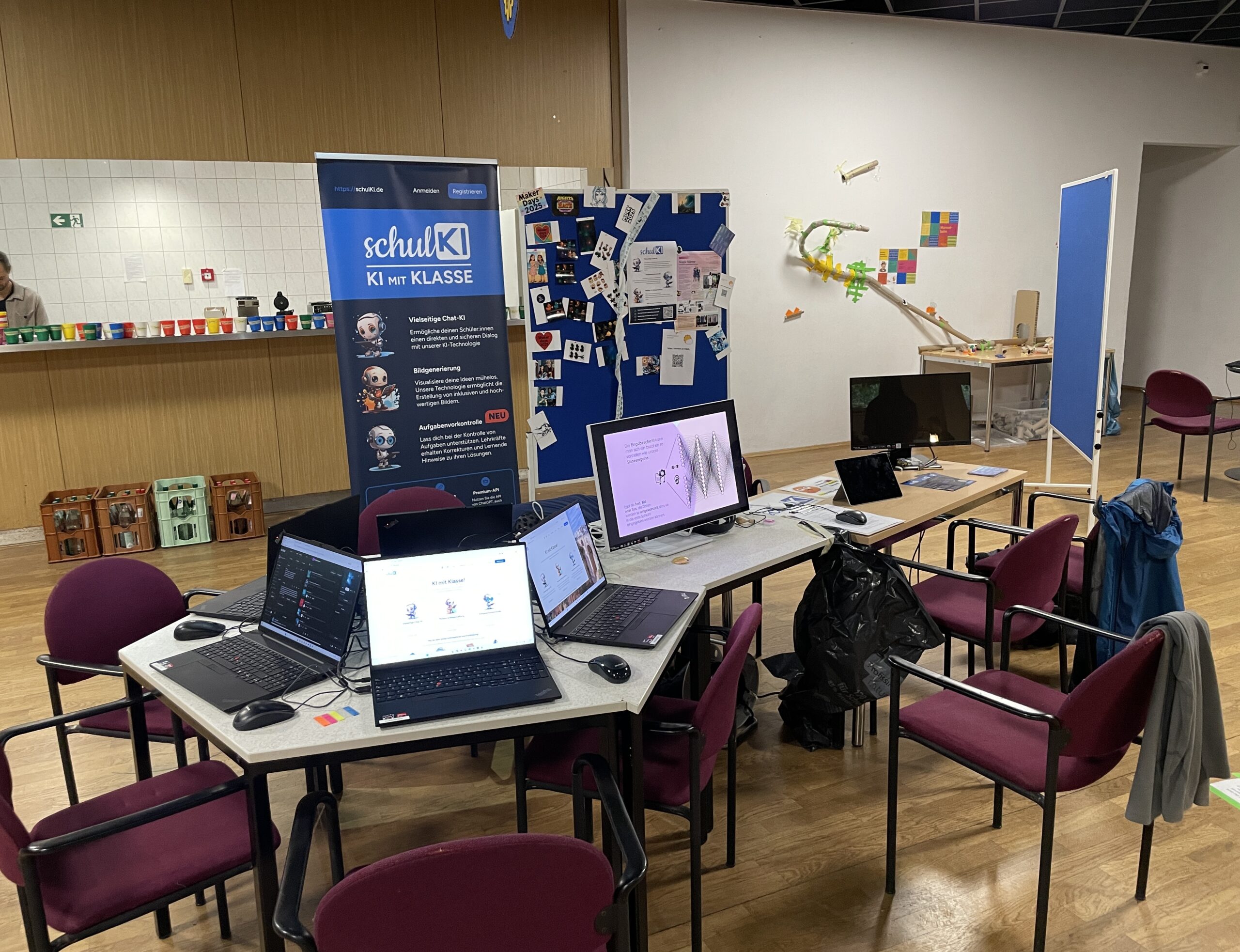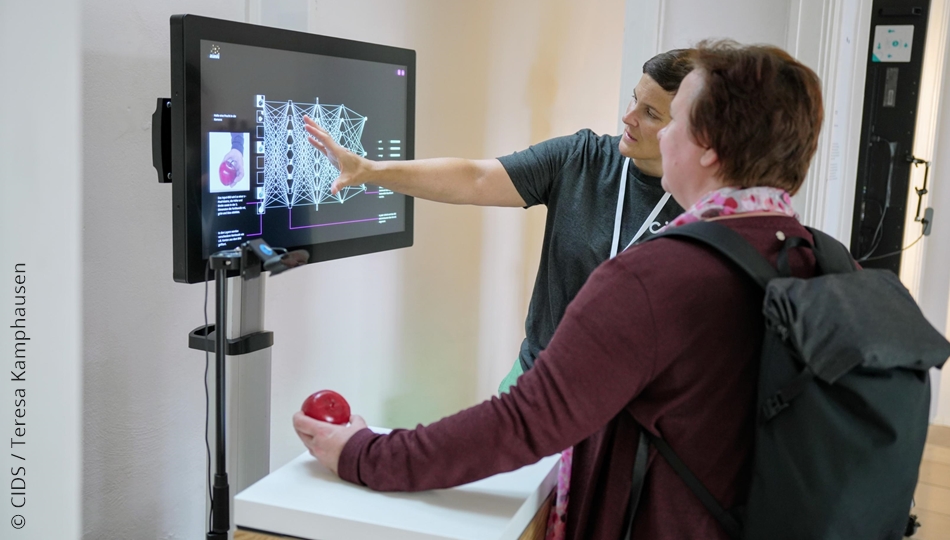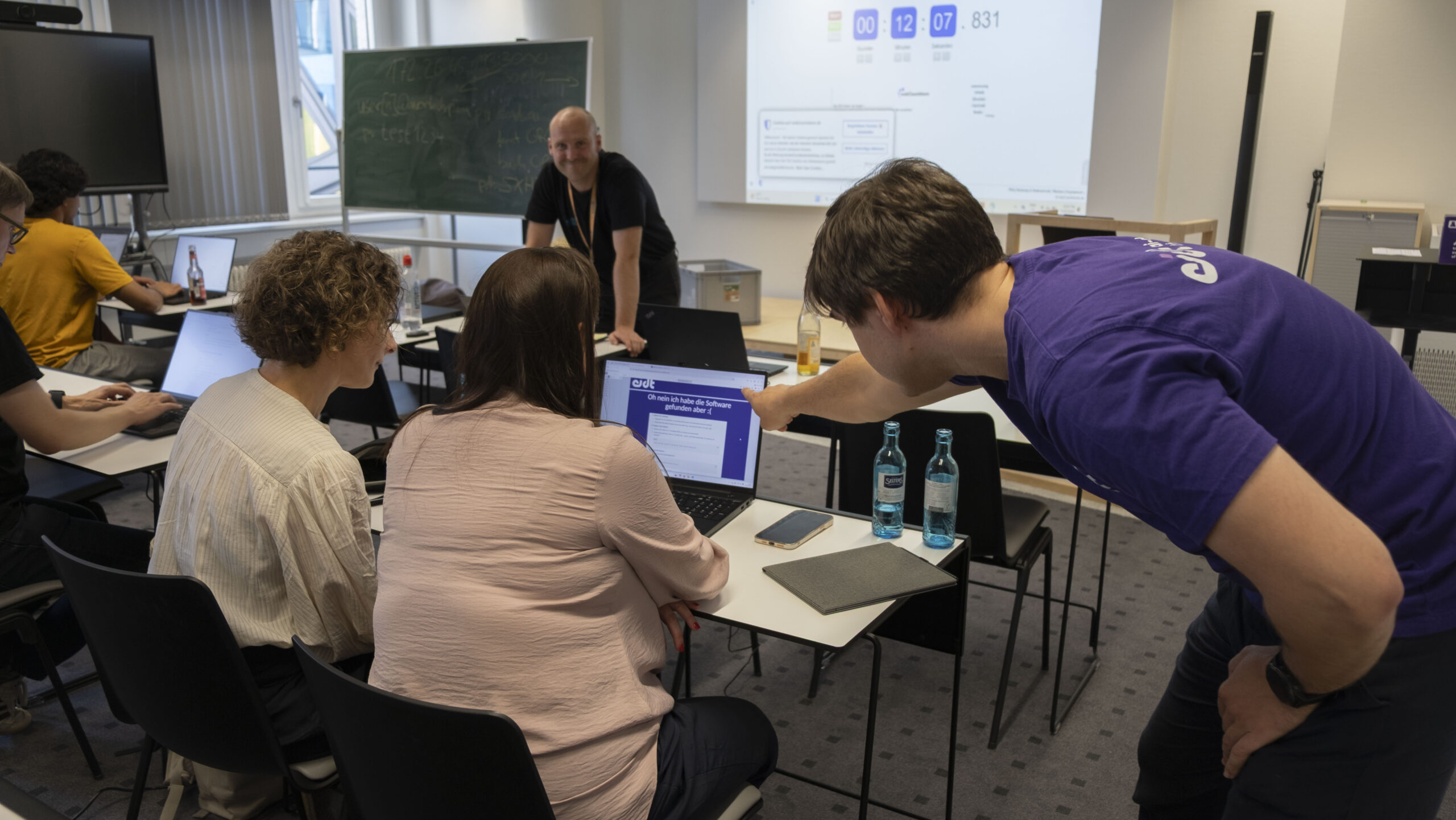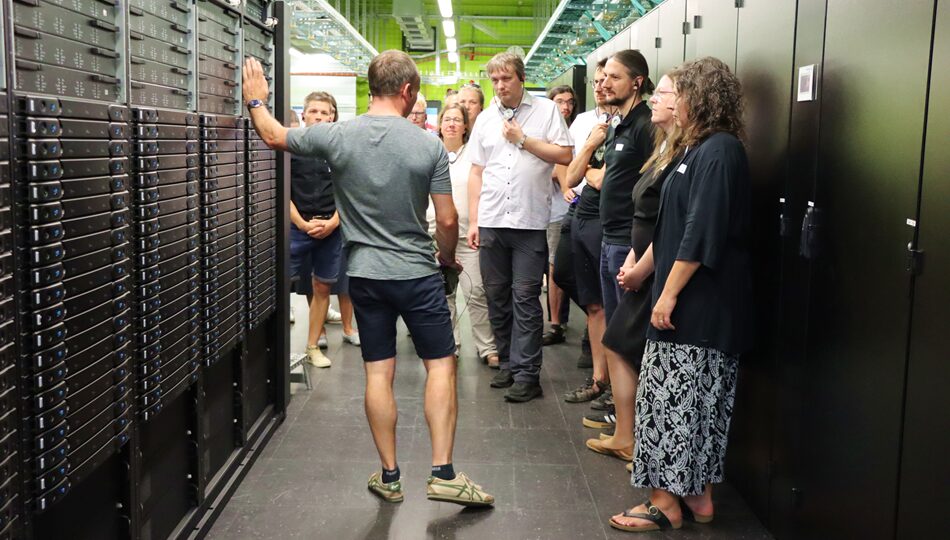
August 22, 2025
Saxon State Ministry of Finance visits ScaDS.AI Dresden/Leipzig

On August 19, 2025, ScaDS.AI Dresden/Leipzig and the Center for Information Services and High Performance Computing (ZIH) welcomed the department 53 of the Saxon State Ministry of Finance, which is responsible for coordination of funding policy, funding procedures, funding IT, and the competence center funding portal of Saxony.
Insights into Artificial Intelligence
To start off the day, Dr. René Jäkel welcomed our guests by giving an introduction to ScaDS.AI Dresden/Leipzig. He further explained how ScaDS.AI Dresden/Leipzig is integrated into the Center for Interdisciplinary Digital Sciences (CIDS) as a department and our deep connection to ZIH, whose HPC infrastructure we are using in our research. Dr. René Jäkel further highlighted our huge network of collaboration, including partners such as the AI competence centers, and other research initiatives and institutions all over Germany. Afterwards, Dr. Peter Winkler spoke to our guests about machine learning and its mathematical foundations.
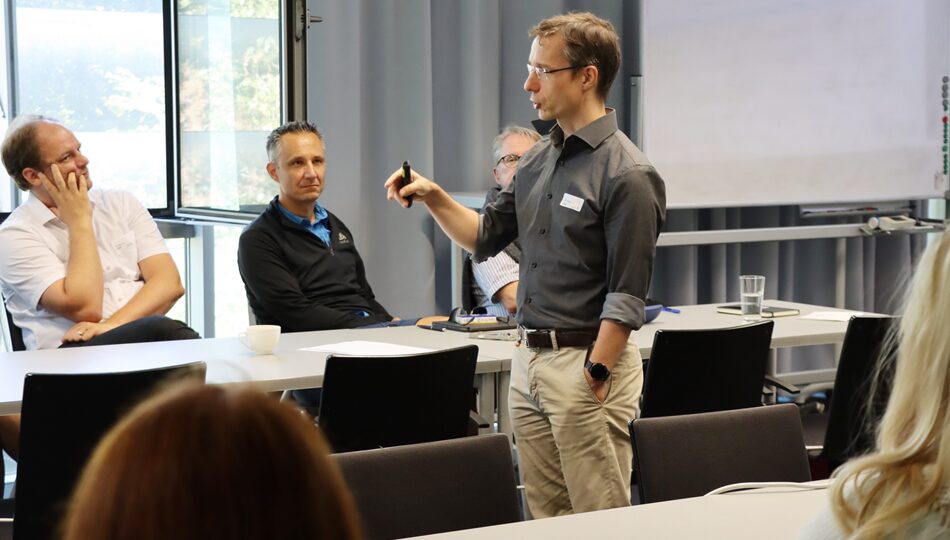
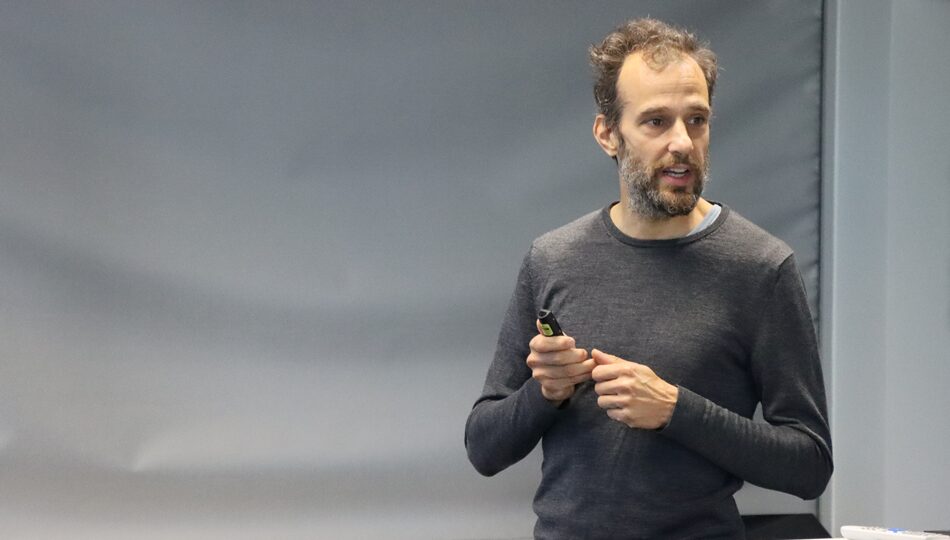
Dr. Robert Haase provided insights into how large language models are changing our daily life and work. He gave several examples on how generative AI can be used to automate tasks and simplify our daily routines. He explained that it is important to use those technologies carefully and in a responsible matter.
Dr. Hermann Diebel-Fischer continued with a talk on the intersection of ethics and AI and which role morality plays. He talked about the potential of AI to make ethical decisions, but also about the associated risks. He further spoke on the acceptance of AI in society.
Following up on that, Dr. Taras Lazariv presented the Large Language Model Service provided by ScaDAS.AI Dresden/Leipzig – an in-house inference service. Our colleagues started this service two years ago and it has now become a fundamental platform for many researchers at our center. It serves various open-source models in full precision and already saved thousands of Euros by utilizing the existing infrastructure of the university rather than paying external companies for their services. We’ve set up this service in a protected and data privacy compliant environment at ZIH.
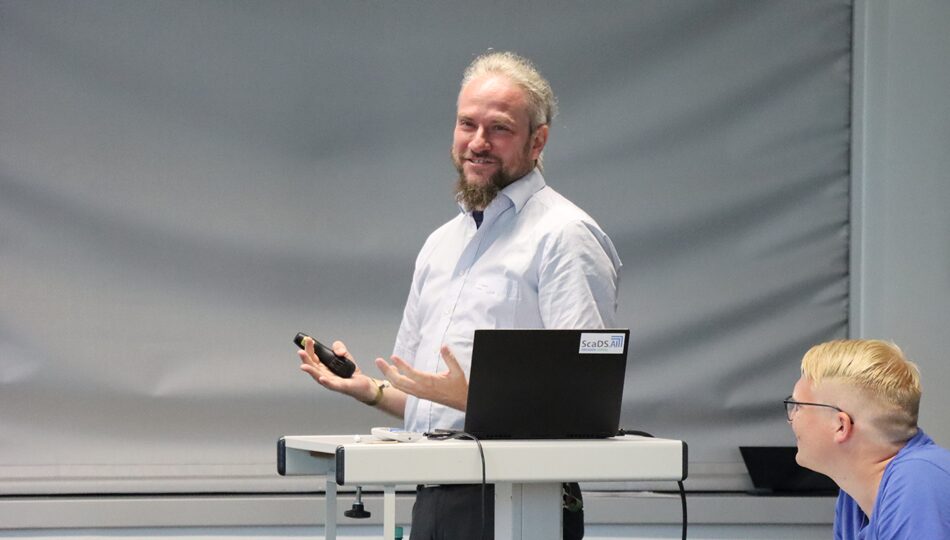
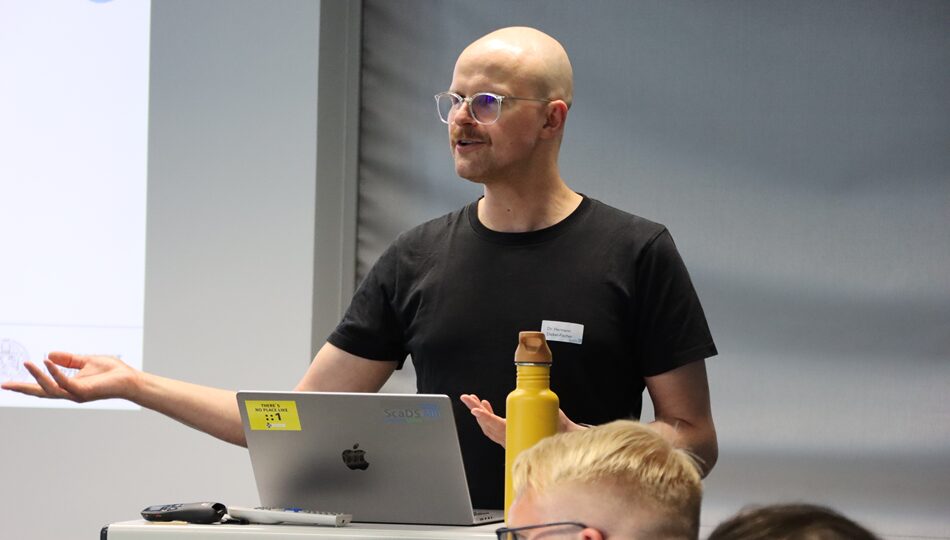
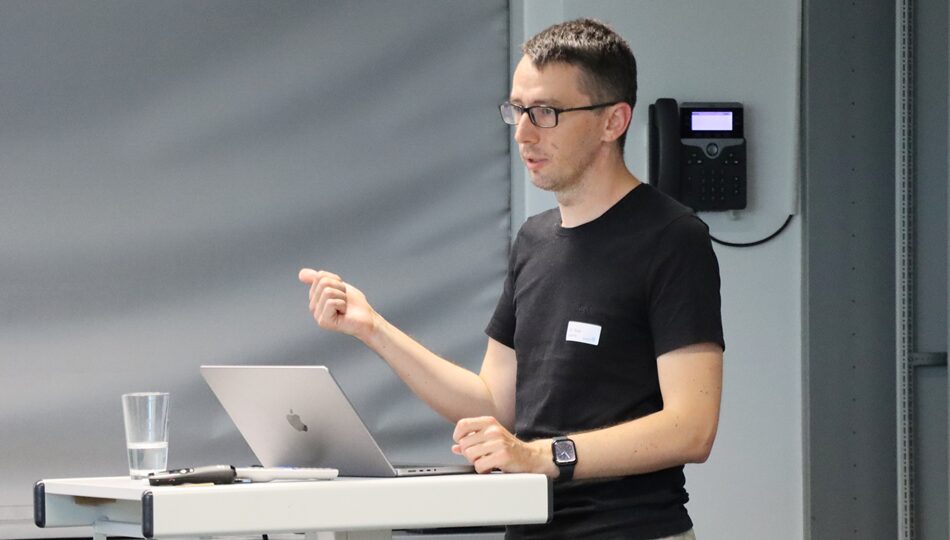
Living Lab – Hands-on demos of ScaDS.AI Dresden/Leipzig
At the Living Lab, our visitors had the chance to try out our demonstrators. Dr. Siavash Ghiasvand teached our visitors how biases work in generative AI and answered their questions on this highly important subject. By putting on VR goggles with assistance by Moritz Müller, our guests immersed themselves in a visual representation of flood risks. They directly interacted with data and explored the temporal evolution of different flood events under the influence of climate change.
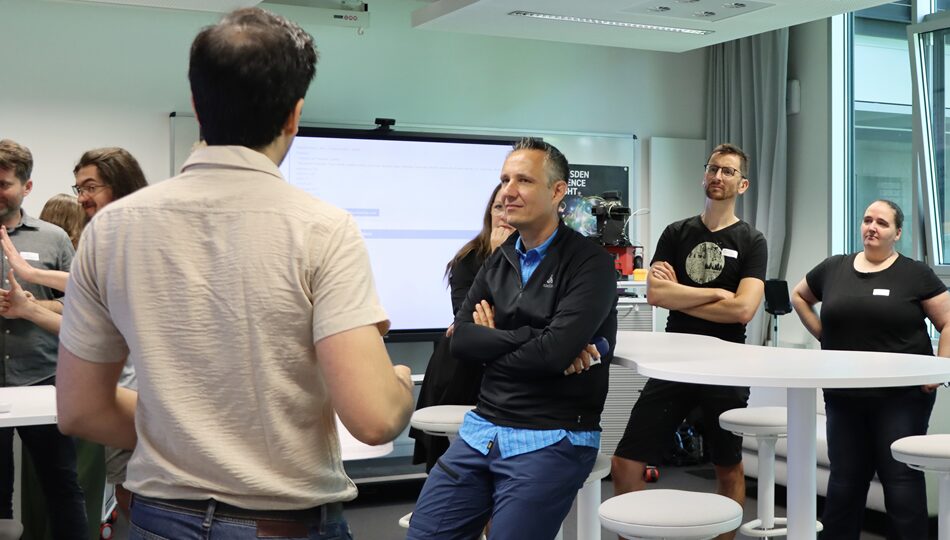
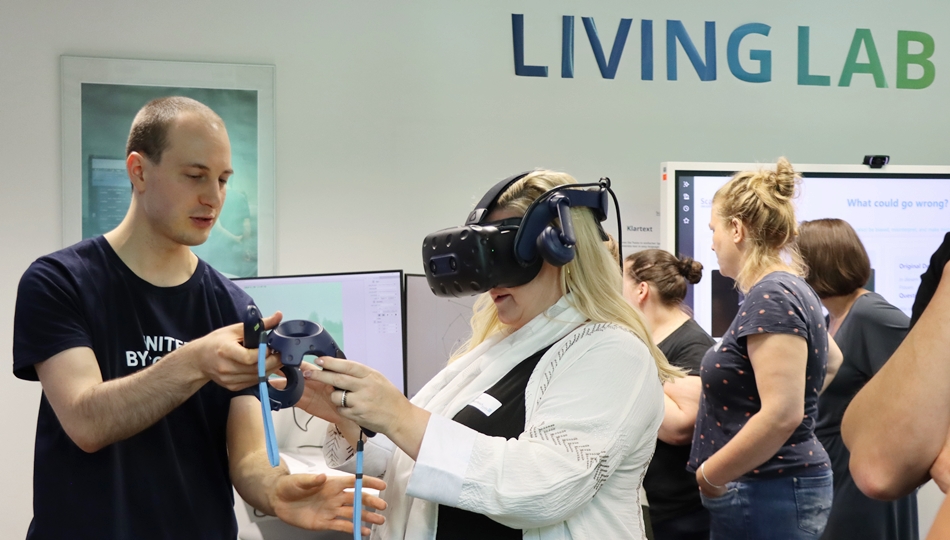
Dr. Iryna Okhrin introduced our guests to asanAI. This open-source software allows users to experiment with Machine Learning without any prior theoretical knowledge. Users can train on their own images, CSV files, or any arbitrary tensor data without ever leaving the browser.
Finally, Apurv Deepak Kulkarni showcased the Magic Mirror – an interactive system that allows users to try on clothes virtually. By combining image and voice processing, users can select items of clothing and see them directly in their own reflection. Users stand in front of a life-size touchscreen with an integrated camera that shows a real-time image of their appearance. They use voice commands to specify the desired garments, which are then digitally projected onto their reflection.
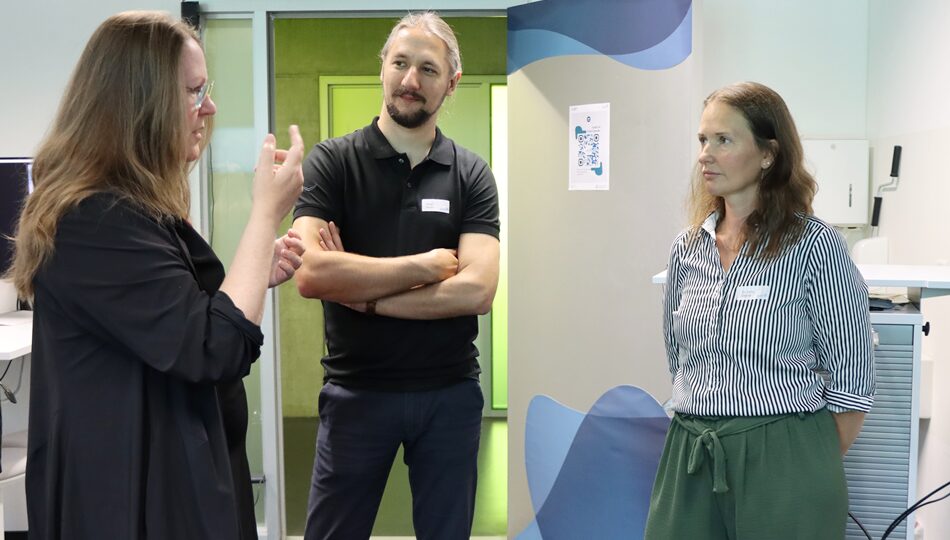
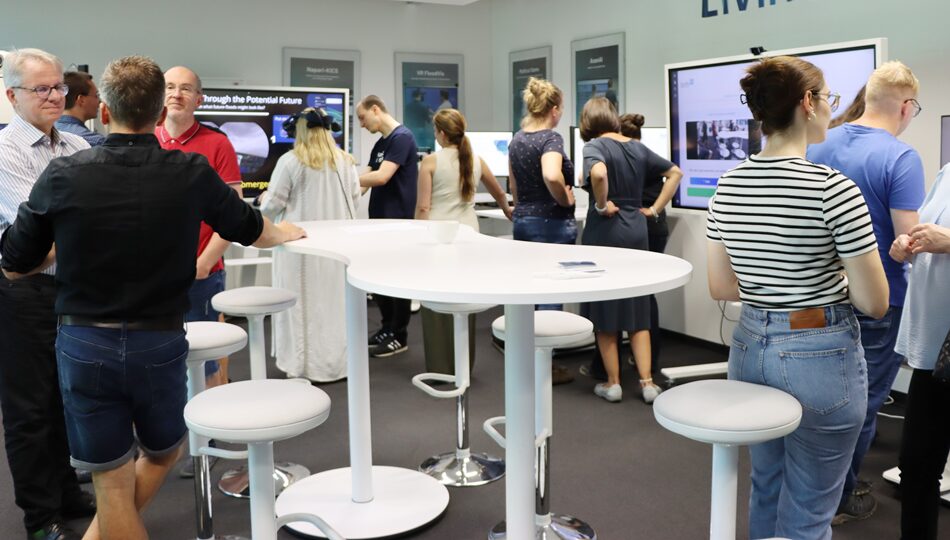
Lehmann Center Data Center – Getting to know the hardware
At the end of the day, the participants visited the Lehmann Center Data Center (LZR), which houses the hardware that makes our research possible. Dr. Daniel Hackenberg (ZIH) gave insights into the structure and building process of a data center, as well as the measurements to ensure efficency, safety, and data security in high performance computing. On more than 1200 square meters, the LZR provides enough computer room space for IT services for TU Dresden and other research institutions in Saxony, including ScaDS.AI Dresden/Leipzig. But the LZR not only impresses with state of the art technology, it also sets the standard for highest efficiency.
